The recent, tragic deaths of Kate Spade and Anthony Bourdain are a reminder of the battle so many of us are fighting, often silently. Depression doesn’t discriminate, and even celebrities are a part of the 320 million people around the world living with depression. I’ve met many of these individuals in my line of work and I strive to do everything I can to bring them relief and joy.
Treating depression is historically a slow process. Individuals often start their treatment journeys by using the trial-and-error process with medication, dealing with unwanted side effects as they wait to see if the medicine is working. But unfortunately, 5.5 million adults in the United States are treated for depression and unable to achieve remission with antidepressant medication.
I have a patient who is part of that 5.5 million—a young violin teacher, who we’ll call Casey. When I met Casey, she had tried every class of depression medication at the highest doses available and saw no mood improvement. She didn’t have the energy to pursue her passion for music, her friends and family worried about her and she was quickly losing hope.
But there is hope, and I’ve found that it doesn’t always come in the form of a prescription.
The Power Of TMS
Transcranial magnetic stimulation (TMS) treatment is a therapy that uses magnetic pulses to stimulate areas of the brain that are underactive in patients with depression. It is a non-drug, non-invasive option.
Despite being a lesser-known treatment method, TMS is a proven one. Since 2010, the American Psychiatric Association has recommended TMS as a second-line treatment for adults with depression who have not benefitted from antidepressants.
I’ve treated more than 375 people with TMS since it became FDA-approved eight years ago. And I’ve watched as TMS transformed many of their lives—Casey was one of them. She was on the verge of checking herself into a hospital when we began her treatment and now credits TMS with saving her life.
How Does It Work?
TMS is not electroconvulsive therapy; it does not apply electricity directly to the brain or induce seizures. TMS allows people to remain completely awake during treatment. The latest-generation of TMS takes between 19 minutes to 37 minutes, and it’s usually administered five days a week for four to six weeks. Many of my patients choose to spend the session reading, talking or listening to music.
The majority of people who benefited from treatment-experienced clinically meaningful, long-lasting improvement. Among people followed for 12 months after acute treatment, 68% retained their response.
To date, 1.7 million treatments have been administered to approximately 50,000 patients in the U.S. Of those individuals, 58% experienced significant improvement of their symptoms and 37% achieved remission of their depression symptoms.
There is hope for people like Casey who are struggling and not finding relief from medication. If medications aren’t helping you or a loved one, talk to your doctor and consider TMS therapy. The light at the end of the tunnel is waiting for you.


